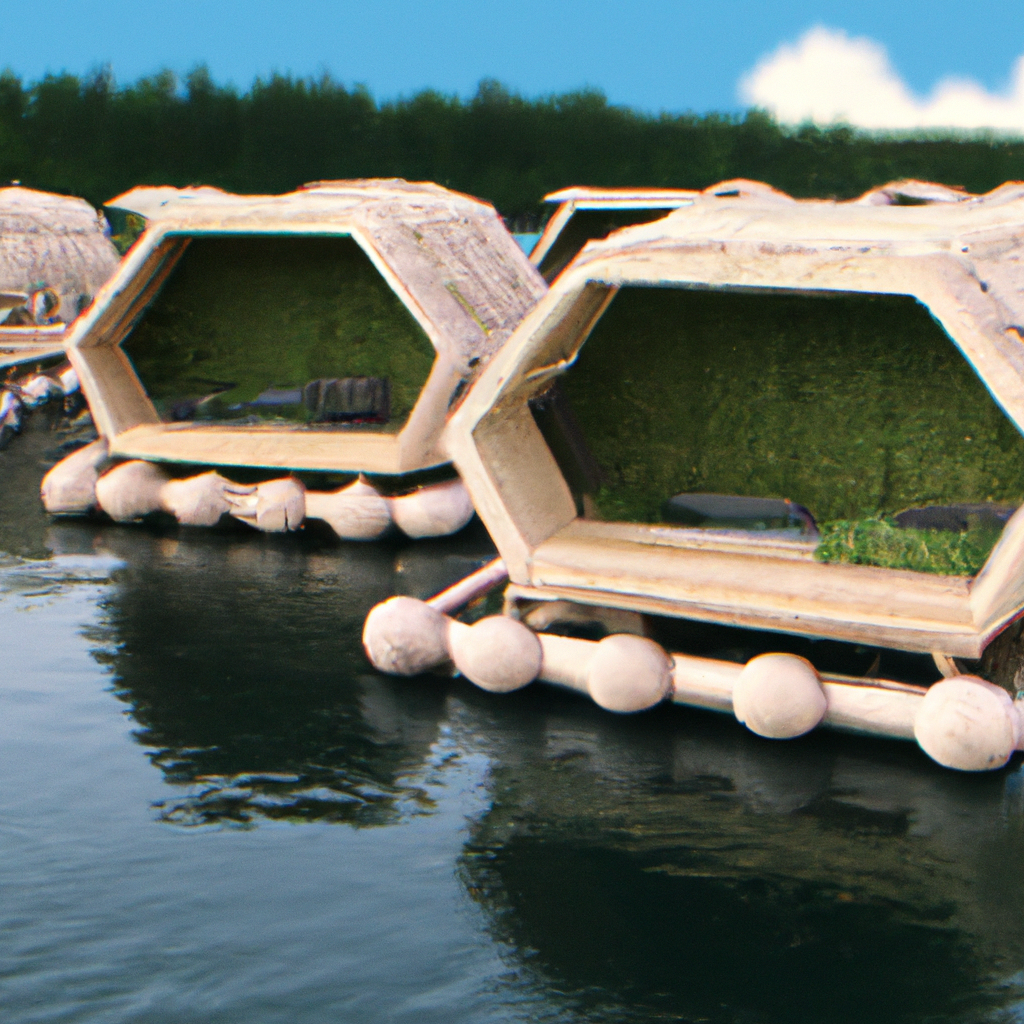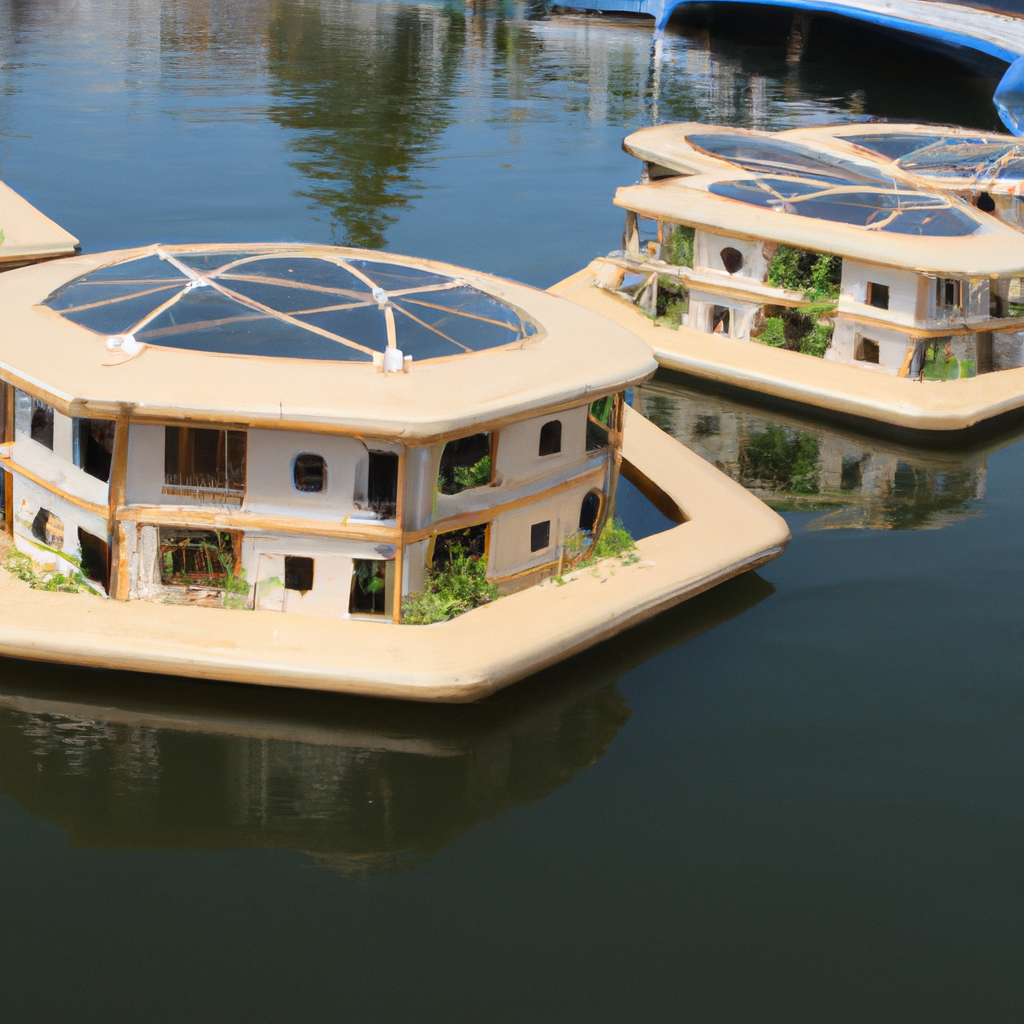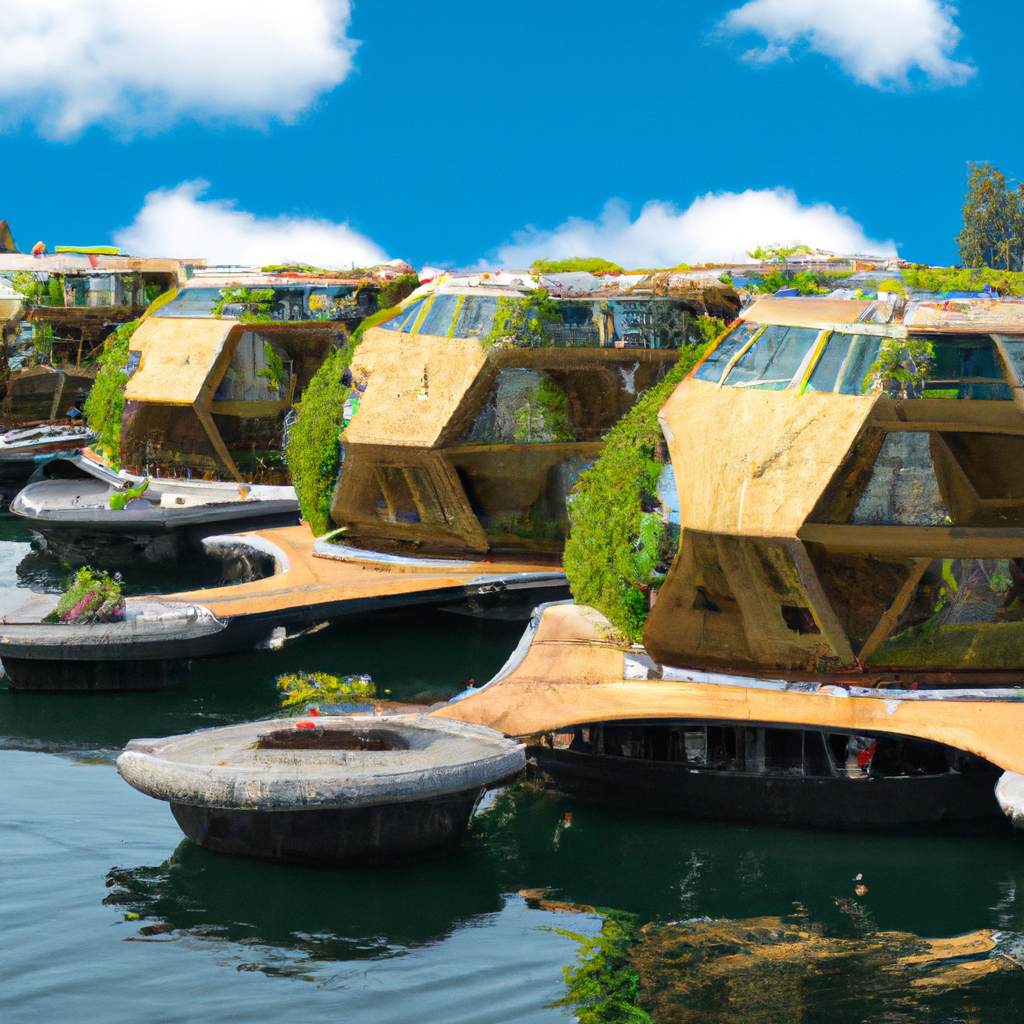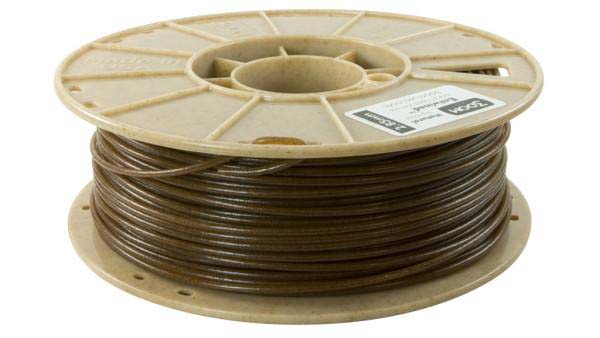
The Benefits of Hemp-Based Homes
In recent years, there has been a growing interest in sustainable and eco-friendly construction methods, and one of the most promising solutions is hemp-based homes. Hemp is a versatile plant that has been used for thousands of years, and its fibers can be used to make a variety of products, including textiles, paper, and building materials. Hemp-based homes offer many benefits, including superior insulation, fire resistance, and environmental sustainability.

Building with Hempcrete: Superior Insulation and Fire Resistance
Hempcrete is a unique building material made from a mixture of hemp fibers, lime, and water. It is lightweight, strong, and highly insulating, making it an excellent choice for building walls and floors. Hempcrete is also fire-resistant, which can help to reduce the risk of fire damage in homes. Additionally, it is breathable, which means that it can regulate humidity and prevent the growth of mold and mildew.

Innovating the Future: Combining AI and Hemp-Based Construction
Artificial intelligence (AI) has the potential to revolutionize the construction industry, and it can be used to optimize the design and construction of hemp-based homes. AI can be used to analyze data and simulations to determine the best materials and construction methods for a particular project. It can also be used to monitor construction sites for safety and quality control, and to ensure that projects are completed on time and within budget.

The Role of Steel in Hemp-Based Homes: Strength and Durability
Hemp-based homes can be reinforced with steel to provide additional strength and durability. Steel can be used to frame the walls, floors, and roof of the home, and it can also be used to create structural supports and connections. Steel is highly resilient and can withstand extreme weather conditions, making it an ideal choice for hemp-based homes that need to be durable and long-lasting.
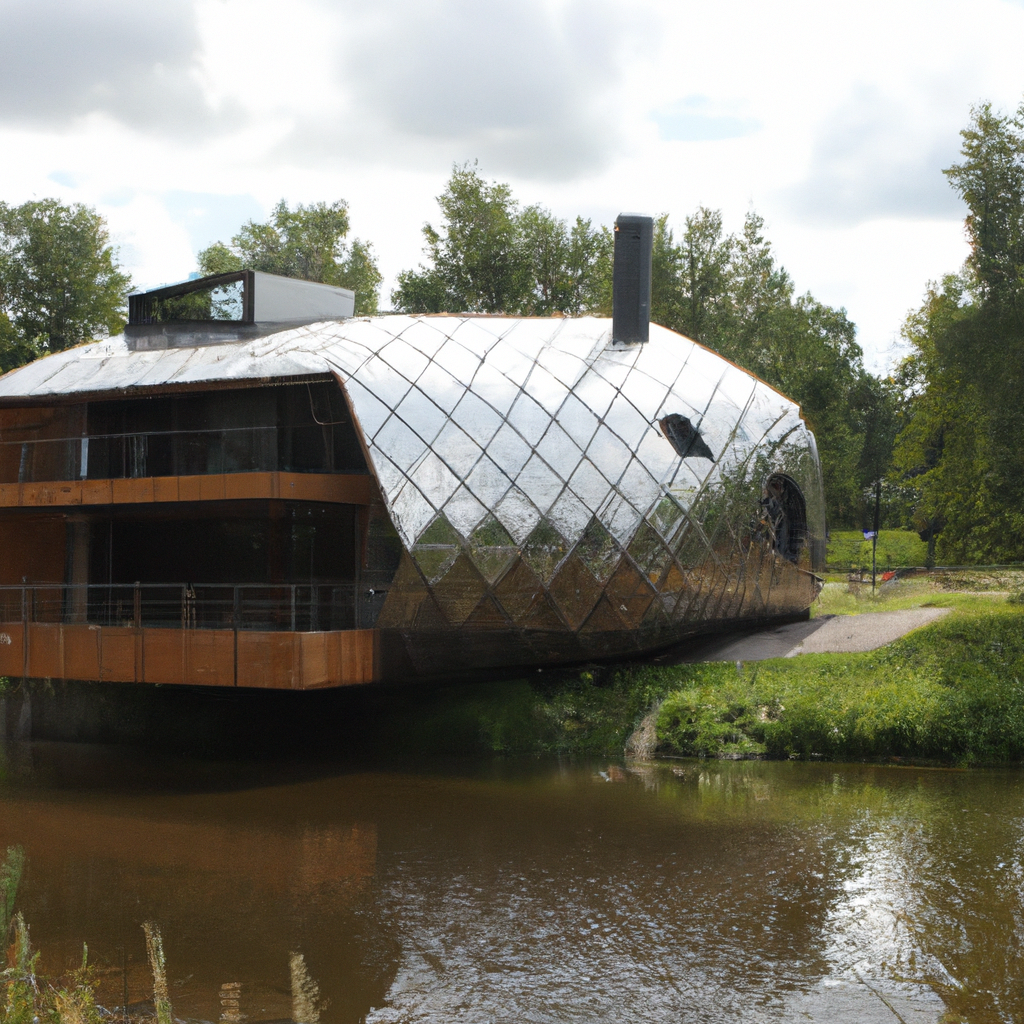
Sustainable Design: Hemp Homes and Environmental Responsibility
Hemp-based homes are an excellent choice for those who are concerned about environmental sustainability. Hemp is a renewable resource that is easy to grow, and it can be produced without the use of harmful chemicals or pesticides. Additionally, hemp-based homes are highly energy-efficient, which can help to reduce energy consumption and lower utility bills. Hemp also sequesters carbon, which means that it can help to reduce the carbon footprint of a home.
The Future of Hemp-Based Homes
In conclusion, hemp-based homes offer many benefits, including superior insulation, fire resistance, and environmental sustainability. By combining AI and steel with hemp-based construction methods, we can create homes that are not only strong and durable but also highly efficient and eco-friendly. As we continue to innovate and develop new technologies, we can look forward to a future where hemp-based homes are the norm, rather than the exception.






